Bottling Olive Oil

You should decide on the type of bottle you intend to use long before it’s time to gather and press your olives. Be prepared to complete your research well in advance because the amount of time it takes to receive bottles from when you order them is frequently measured in months rather than days. Start your homework by conducting market research, because a retail shelf is the last stop before your oil gets to someone’s kitchen counter. Visit the local supermarkets, cheese shops, gift shops, and specialized food stores if you think your product will sell there.
Look at the items that have already been given shelf space. What distinguishes one from the others? Find out which products are the most popular and why. You might be surprised by the answers. The attractiveness of the oil’s packaging frequently determines whether it sells or sits on the shelves collecting dust.
Your package’s ability to safeguard the product is equally crucial. Even though a clear bottle could display a lovely, harvest-fresh color, it won’t shield the oil’s integrity from harmful light exposure. When you are prepared to order your packing, you ought to have given the following considerations some thought.
Bottle Size

Will your oil be packaged in 250-, 375-, or 500-ml bottles? Do you want the store to have more than one pricing option? Will selling more units of smaller sizes result in higher profits, or will it be the other way around? Should you sell them as a holiday gift set or give smaller sample amounts to present a whole line of extra virgin olive oil and brand-name flavored oils?
Bottle Shape
Consider the practical aspects of design as well. Bottle shape could be merely a question of taste. How simple is it to put a label on something? Is the label size required by the bottle shape one that you can’t use? Is the bottle’s height excessive for a typical shop shelf or kitchen cupboard? Is it sufficiently small to require two shelf facings rather than one? Is it erratic? What impact will the form have on packaging and shipping?
Bottle Color
What benefits and drawbacks come with storing olive oil in clear glass bottles? Light degrades oil quality and speeds up oxidation. All lights, including the fluorescent ones in the store, adhere to this. Quality-wise, darker glass hues like amber, green, dark blue, or black are always preferred to clear glass. Find room on the label to describe why the product is contained in a dark bottle if you want to wow the customer with quality. Make them care more about the oil’s protection than they do about the sight of a vibrant green color. However, numerous studies indicate that allowing customers to view material physically increases their likelihood of making a purchase. This leads to an obvious problem.
Bottle Material
Verify the ingredients used to create the glass with your bottle supplier. Many customers now demand proof, or at the very least assurance, that the glass bottle you use is lead-free.
Bottle Availability
When it comes to availability, consider two factors. First, how long will it take for your bottles to arrive once you place your order? Two: Knowing how long a bottle will be in production is crucial if you are creating a brand identity on a unique bottle color or design. Avoid being forced to use a bottle that is so “trendy” that as soon as you raise awareness of your unique packaging, it is no longer accessible. It occurs frequently.
CHOOSING A CLOSURE
Bar tops, screw tops, and Ropp caps are the three most popular bottle closures in the olive oil industry. The three described above are used in most of the world’s production due to their dependability and affordability. However, other closures, such as cork, are rarely utilized.
Bar Tops
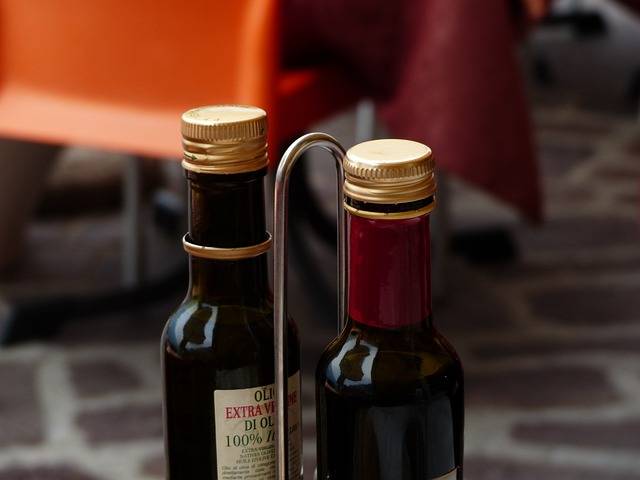
Plastic discs with a layer of natural or fake cork adhered to the underside are used as bar tops. The plastic disc is typically made to be the same diameter as the bottle’s neck’s exterior diameter. It is crucial to check that the cork on the disc’s underside has the correct internal diameter for the bottleneck you are using. The difference between whether or not your closure will leak can be as little as 0.5mm (0.02″), which is how they are commonly sized. It needs to fit the bottle exactly. To make bar tops tamper-proof, a shrink-wrap capsule is typically used. Bar tops have the benefit of being easily applied with hands and require no special tools. They fit bottles with the same internal neck diameter interchangeably.
Additionally, they enhance the packaging’s aesthetic without affecting the seal compared to alternative closures. Bar tops have the drawback that they can pop when there are severe temperature or pressure changes during transportation, even when shrink-wrapped. These modifications could occur while traveling on a hot day or across a mountain pass. (Avoiding overfilling bottles can help solve this issue.) The most expensive closure of the three styles covered here is usually a bar top paired with a shrink-wrapped capsule.
Screw tops
Screw tops, also known as screw caps, are available in various designs but are virtually typically made of plastic. Some screw caps are broader, while others have an exterior diameter that matches the bottle’s neck. To ensure an airtight seal, once the lid is bolted down, they typically have some kind of closing wafer on the bottom of the lid. Because they’re connected, screwtops can’t be used on various bottles as quickly. Like bar tops, screw caps are widely used since they can be installed by hand without requiring special tools. They look clunky and don’t improve the packaging’s aesthetic appeal, which is a common complaint. Positively, the seal outperforms bar tops regarding dependability and resistance to pressure changes. The bar top and the Ropp top detailed below will often cost about the same when it comes to screwing caps.
Ropp Tops
Many massive production bottles have metal twist tops called Ropp Tops. The presence of a tamper-evident ring on the closure is what makes Ropp shirts distinctive. The bottle hasn’t been opened because it was sealed initially since when you first screw off the cap, you can hear it ripping away from the lowest part. Ropp tops have various shortcomings, even if they are reliable and resistant to pressure variations. To apply them, you first need a specialized piece of expensive equipment. They could be more appealing, too. Some businesses shrink-wrap their capsules to enhance their appeal. The expense of the applying equipment, at least in limited production circumstances, makes up for the fact that closures are often less costly than bar tops or screw tops.
Finalizing
The consumer will believe your oil is exceptional if you consider it a unique product and present it as such. Sometimes the most significant point of differentiation on the retail shelf—and perhaps the reason your oil sells more than rival products—is a unique finishing touch.
Shrink-Wrap Capsules
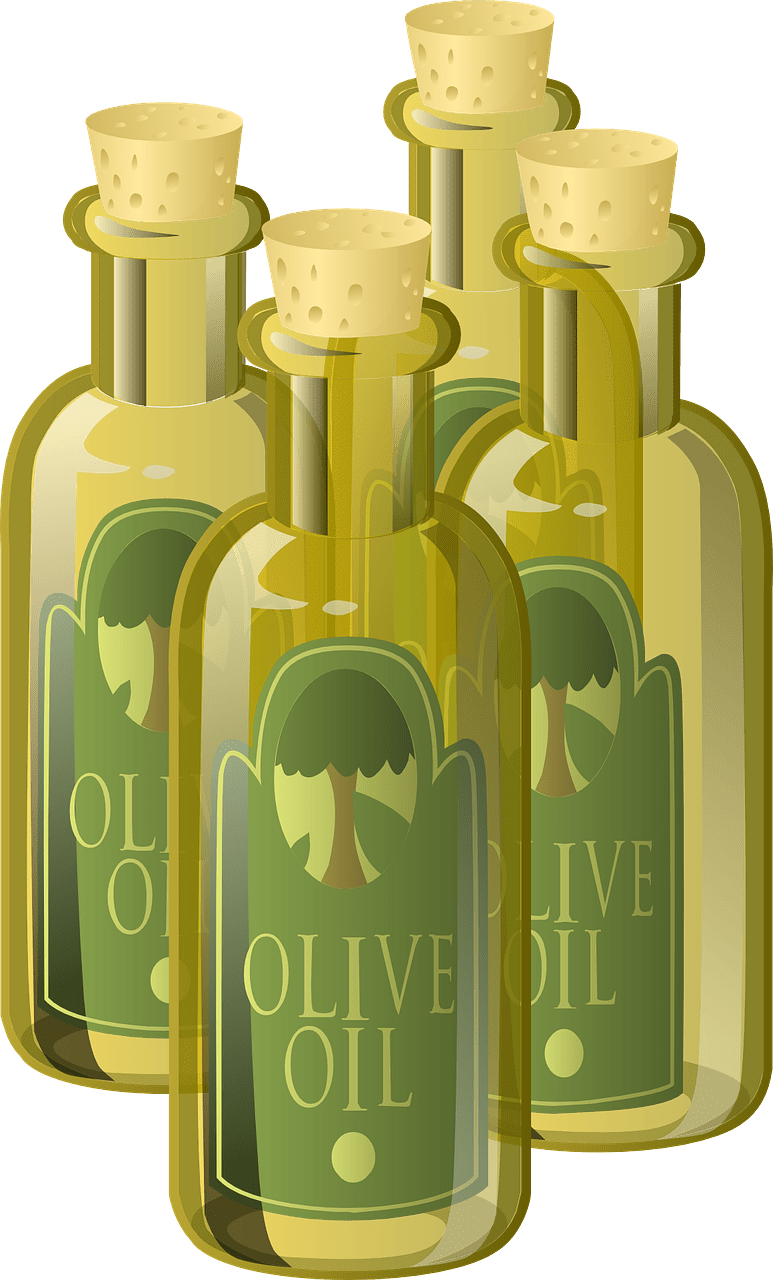
The most typical last step to produce a tamper-proof closure on olive oil bottles is shrink-wrap capsules. They are plastic and are easily shrinkable to fit using essential tools like a heat gun or a shrink wrapper. (Use with extreme care!) They are affordable to buy, easy to apply, and simple to use. They have a variety of finishes and hues (e.g., matte or shiny). On top, they typically feature a grape leaf pattern. If purchased in bulk, they can be customized.
Raffia
This is a beautiful marketing tool with a lovely finishing touch and a sound drip barrier, but it has a lot of disadvantages. Applying is costly, challenging, and time-consuming. You wouldn’t want beetle eggs to hatch after delivery. Thus, some imported raffia must be treated to destroy it. Domestic raffia that has been colored may stain. This is only a sensible choice for residential or small-lot use.
Wax Finishes
Wax treatments are a fantastic option for marketing. They can assist in creating an excellent end product and are exquisite. However, they are more costly than straightforward shrink-wrap and are challenging to apply and remove.
Foil Capsules
Metal is used to make foil capsules. On wine bottles, they are frequently used. It takes a spinner to apply them. They cost more to apply for and purchase.
BOTTLING EQUIPMENT
There are several low-cost alternatives to the pricey bottling lines that many companies believe they must purchase. There are several choices to be made, as will be explained below.
When to Bottle
It is essential to just bottle what is required for continuous sales since oil retains better in barrels or tanks than in bottles. It is preferable to let the oil sit in a detectable cylindrical tank or drum rather than in a bottle. Light is kept out, and floating lids minimize oxidation on tanks or drums covered with inert gas. Additionally, you might discover that you sell more 250ml bottles than 500ml ones, for example. It is too late to alter bottle sizes if you have already canned the entire product for the year.
Some producers choose to alter their labels or closures or receive requests for labels for specific occasions or marketing campaigns. You may more easily customize your packaging when you bottle as you go. What equipment you require will partly depend on when you decide to bottle. For instance, a mechanized line is perfect for bottling 500 gallons of oil daily. It will only be 10 gallons at a time if you bottle once every week throughout the year.
Bottling by Hand
The simplest and least expensive method of bottling tiny quantities would be to fill a 20- to 50-liter fusti from the drum with a foot pump, then manually fill the bottles with the fusti’s quarter-turn spigot. With this method, you can fill 150 bottles (each holding 250 ml) in two hours by gauging the fill level by eye.
Gravity Fillers
Bottles are filled to a predetermined height using gravity fillers, which employ an above-ground tank and a siphon. There are typically numerous fixtures as the bottles fill somewhat slowly and stop at a certain fill level. As it moves down the row, the operator switches out the filled bottles for empty ones. Flow is stopped when the fill faucet is elevated. An average gravity filler costs $300.
Vacuum Fillers
Vacuum fillers speed up the filling process by sucking air out of the bottle and drawing oil in. A small vacuum filler’s operator fills one bottle at a time. These filters are adaptable to various fill rates and bottle sizes. The bottle-filling process has an adjustable speed. The machine could fill dozens of bottles each hour when it was set to its highest. Oil-specific single-bottle suction fillers run about $500. Vacuum fillers with many spouts (4-6) cost between $4,001 and $5,000.
An alternative for individuals who require a higher throughput is a pump filler. These frequently feature multiple fill spouts, and the oil can be filtered simultaneously. The cost for a 4-spout filler ranges from $2,400 to $3,500. As mentioned earlier, the hand-corking and finishing of all of the solutions are assumed. A word of caution: bar top corks can pop in hot weather if the bottle is overfilled, as was mentioned above.
Integrated Bottling Line
A full-filling line would be the following stage. These may be positioned in front of a labeler and capper. Filling by weight or precise volume is one of the most practical methods available on automated filling lines. Because no two glass bottles are the same, even when filled to the neck’s height, the volume of oil in each bottle will be different. Most bottles must be slightly overfilled to ensure that they contain the minimum amount specified on the label. For substantial manufacturers, that adds up.
An exact amount of oil may be delivered to each bottle using automated lines. Each bottle’s fill height will vary slightly, although the shrink-wrap lid will typically conceal this. The most noticeable bottles with this discrepancy will have tall, narrow necks; these bottles may have to be filled to a specific height on the neck.
Some machines measure the empty container first, then add a certain oil weight to provide a predetermined amount. It is also possible to order bottlers that fill by volume. In some, a piston pumps a predetermined volume of oil into the bottle. A timer and a pump are used in a less exact technique to deliver a specific volume of oil each second. Temperature adjustments are necessary for both volume and weight since a given quantity of oil can fill a more prominent capacity at a high temp.
Automated lines are typically created just for you. Specifying the size and kind of bottles that can be filled is necessary. Some fillers can accommodate tiny bottles and unusual shapes. Some people clean the bottles by first blowing air into them. Certain lines are configured to sterilize the bottles or use nitrogen injections to protect the oil.
You can cap using a different machine or by adding choices to your bottler. You can choose from bar top cork, screwed cap, or Ropp top options. For a thorough finish, you can also order equipment to automate shrink-wrapping. Based on these choices, automated line prices can vary greatly. About $150,000 will get you a fully equipped automated line that will clean, fill, cap, and label the bottle.
Olive oill bottling companies
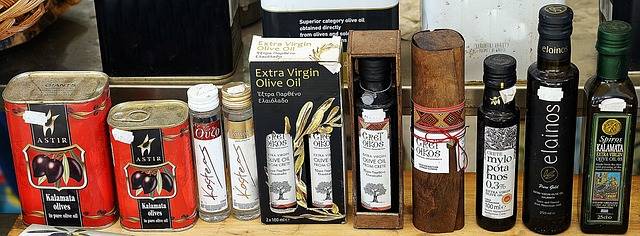
- California Olive Ranch Extra Virgin Olive Oil.
- Iliada Extra-Virgin-Olive-Oil Tin.
- Cobram Estate Extra-Virgin Olive Oil.
- Claudio Vignoli Extra Virgin Olive Oil.
- Lantzanakis Olive Oil.
- Kirkland Organic Extra-Virgin Olive Oil.
- Wonder Valley Olive Oil.
- Pianogrillo Farm Extra-Virgin Olive Oil.
>>>>>>>>You may purchase any type of bottle for a reasonable price Click here.<<<<<<<<<<<<

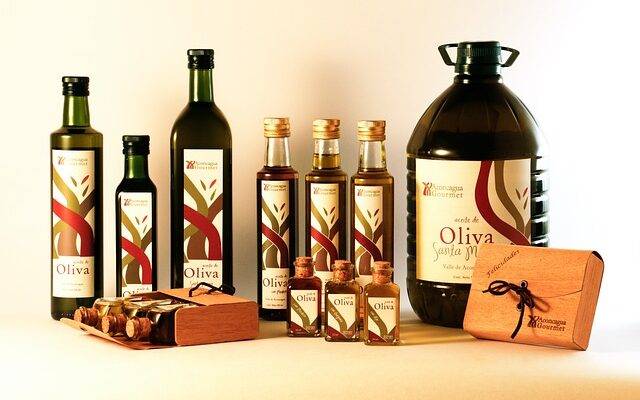

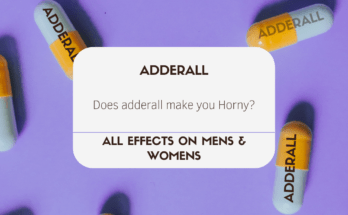


2 Comments on “Bottling Olive Oil”